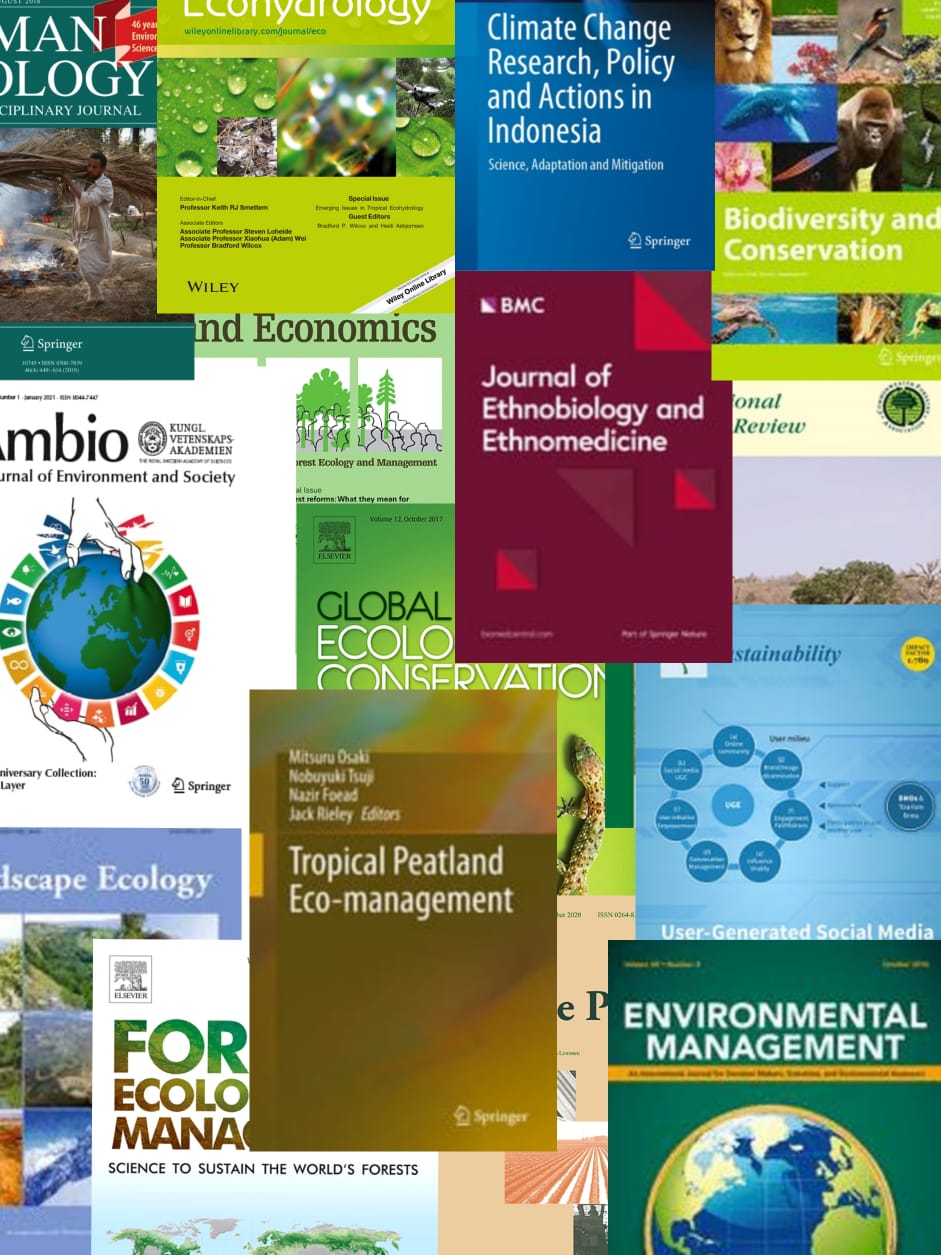Keyword(s)
agricultural byproducts, agricultural chemicals, agroindustrial byproducts, agroindustrial sector, bioenergy, biomass, biomass production, building materials, byproducts, chemical industry, crop residues, cultural methods, cycling, deforestation, edible species, environmental impact, environmental legislation, environmental protection, exports, factory effluents, feeds, forest ecology, forests, fuels, industrial microbiology, industrial wastes, industry, integrated control, integrated pest management, international trade, land use, lignocellulosic wastes, mulches, noise pollution, nutrients, oil palms, oil plants, oil refinery wastes, organic fertilizers, palm oil mill effluent, palm oils, pesticides, plant diseases, plant ecology, plant pests, plant physiology, plantations, planting, pollution control, pulp and paper industry, raw materials, site preparation, socioeconomics, soil amendments, soil management, sustainability, tropical crops, tropical rain forests, underplanting, waste treatment, waste utilization, Elaeis, Elaeis guineensis, Arecaceae, Arecales, monocotyledons, angiosperms, Spermatophyta, plants, eukaryotes, agrochemicals, environmental effects, feeding stuffs, food and agricultural sector, integrated plant protection, IPM, mulching materials, nutrient cycling, oil crops, paper industry, planting site preparation, socioeconomic aspects, Plant Production (FF100), Horticultural Economics (EE111) (New March 2000), International Trade (EE600), Natural Resources (General) (PP000), Soil Science (General) (JJ000), Wastes (General) (XX000), Non-food/Non-feed Plant Products (SS200), Forage and Feed Processing (RR100), Laws and Regulations (DD500), Plant Ecology (ZZ331), Plant Physiology and Biochemistry (FF060), Pathogen, Pest, Parasite and Weed Management (General) (HH000), Forests and Forest Trees (Biology and Ecology) (KK100), Chemical and Biological Processing of Wood (KK530)

